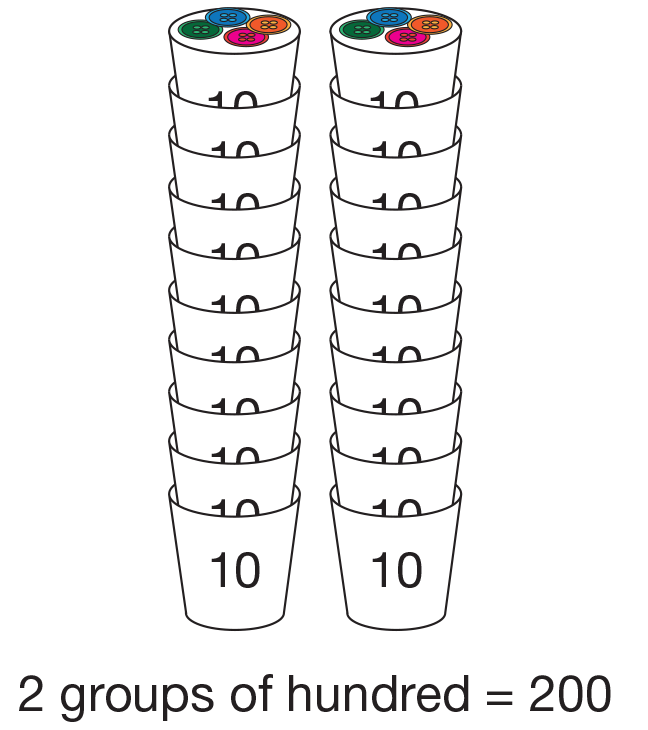Students estimate and count a large collection of buttons. First they estimate the total number of buttons and brainstorm ways to group and count them. Then they work in small groups to sort and count the buttons and record their totals. The class works together to find the total number of buttons in the collection and compare group totals.
Content in this Lesson
- Representing and identifying quantities (e.g., greater than 100) using groups of counters, drawings, symbols, and words [E1].
- Using and applying place value concepts to make connections among representations of numbers [E2].
- Using efficient grouping strategies to count a collection of objects [E3].
- Using a benchmark to estimate a quantity of objects in a collection [E4].
- Using words and symbols (e.g., <, >, =) to show comparisons of
quantities [E5].
Assessment in this Lesson
| ASSESSMENT | EXPECTATION ASSESSED |
|---|---|
|
Button Place Value Check-In: Questions 1–2 Student Activity Book Page 87 |
|
|
Groups of Hundreds, Tens, and Ones with Feedback Box Student Activity Book Pages 91–92 |
|
|
DPP Item L Fact Families: Group C Teacher Guide - digital |
|
|
DPP Item M Make Ten Teacher Guide - digital |
|


















